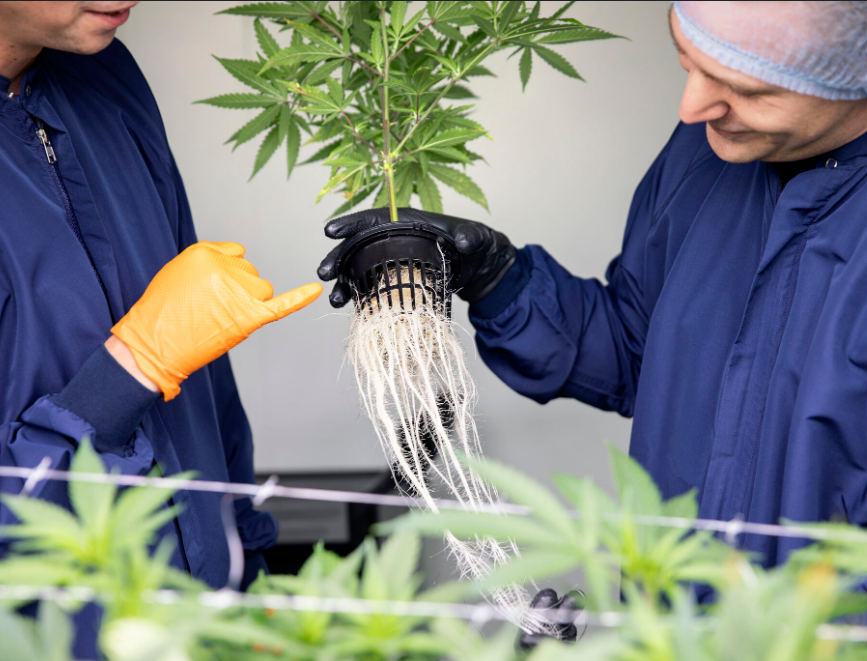
Topic: Dosing Explained – Percent, PPM, Dilution RatiosBackgroundWhen adding any chemical to a hydroponic system, it is critical to understand the dosing rate, dosing schedule, and acceptable applied concentration in solution. A proper understanding of these concepts is necessary to effectively control pathogens through chemical means and avoid chemically induced phytotoxicity. Dosing: Percent, PPM, Dilution RatiosWhen growers add a chemical to their hydroponic system, they are typically adding a concentrated form of the chemical, referred to as a chemical stock solution. These concentrated stock solutions are added to systems using dilution ratios to achieve desirable active ingredient concentration within the system. Acceptable chemical concentrations and phytotoxic thresholds are unique to each chemical, use case, and plant species being treated. Once the appropriate dosing concentration and dosing schedule has been determined, horticulturalists must calculate how much chemical stock solution should be used to achieving the desired final concentration. To determine the starting concentration of any commercial chemical stock solution, check the Safety Data Sheet (SDS). All commercially available chemical products are required to list the active ingredient concentrations in an SDS. Typically, active ingredients are listed by percent weight - that is, the percent weight of the active ingredient relative to the total weight of the solution. Active ingredient concentrations can vary widely between similar products with the same active ingredients. For example, commercially available forms of hydrogen peroxide (H2O2) can be purchased in stock solution concentrations between 3% and 35%. Labels attached to most commercially available chemical cleaning agents provide recommended dilution ratios for specific applications. While these dilution ratios serve as important references, it is important the final concentration of active ingredient in solution achieved by following the dilution ratios is also well understood. Traditionally, one would use the formula C1V1=C2V2 to calculate volumes and concentrations, but there is also a simple method to use. The concentration of any chemical in a solution is best described by determining the number of “parts per million” (PPM) of that chemical in the solution. The PPM of any ingredient in solution can be calculated from the percent weight. The PPM of active ingredient in a 3% stock solution can be calculated by finding 3% of 1,000,000. Following this logic, a 3%, 27%, and 35% stock solution will have equivalent PPM values of 30,000, 270,000, and 350,000 respectively. Converting Percent Weight To PPM
Alternatively, percent weight can be converted to PPM by multiplying the raw percent weight value by 10,000. Converting Percent Weight to PPM (Shortcut)
The same basic arithmetic can be used to determine the final concentration of active ingredient in solution following any dilution ratio. For example, adding 27% hydrogen peroxide solution at a dilution ratio of 1:2000 will result in a 135 PPM of hydrogen peroxide in the final solution. Converting 27% to PPM
Applying 270,000 PPM Stock Solution at 1 to 2,000 Rate
Using these tools, horticulturalists can also calculate their own dilution ratios to achieve a desired concentration of active ingredient in solution using any concentration of stock solution. #PPM #Parts-per-Million #Dosing #Percent-Weight #Mg-per-L #Dilution-Ratios #Active-Ingredient
In our next letter, we will cover a summary of Aeroponic cleaning topics. Previous letter: HOCl Explained Next letter: Aeroponic Best Practices - Cleaning Overview New |